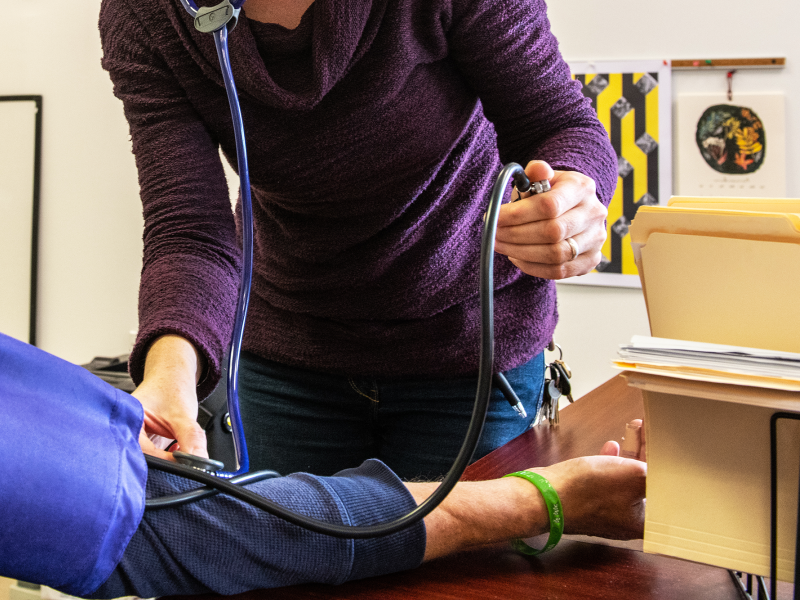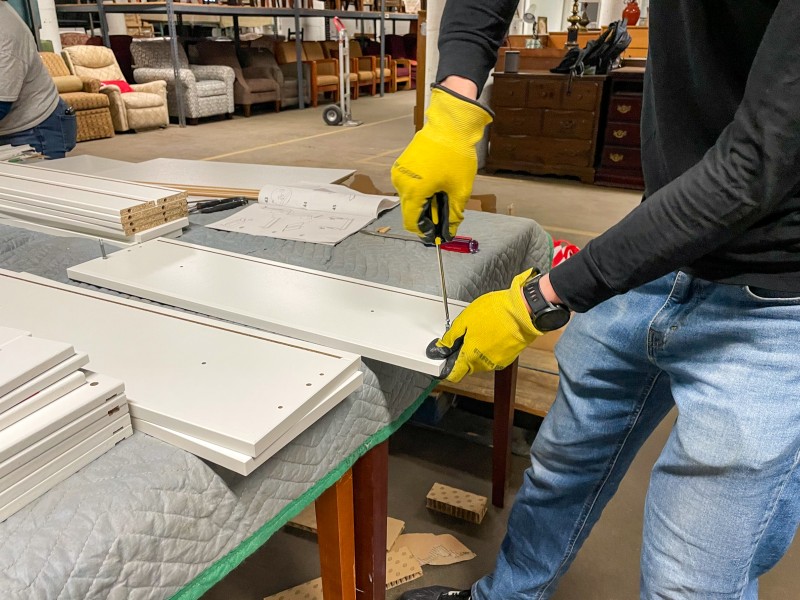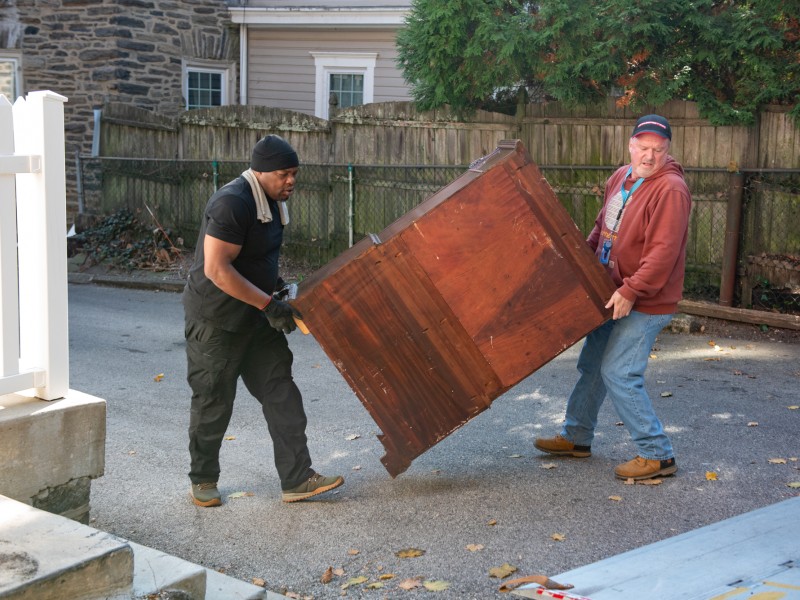Gender Identity, Sexuality, and Homelessness
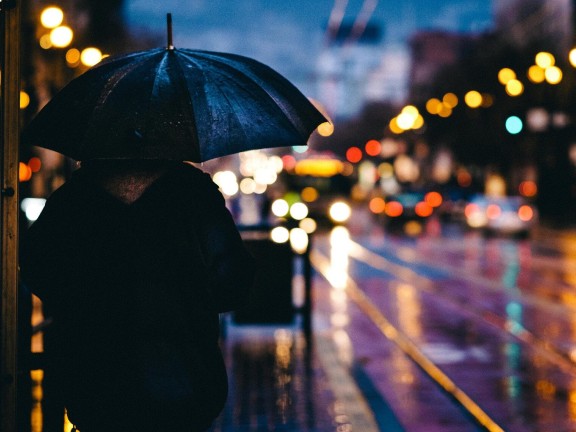
Varying definitions of homelessness make it difficult to quantify the exact number of Americans who experience homelessness in their lifetime. Point-In-Time Counts will give us a good measure of those experiencing homelessness in a specific place at a specific time, but when we try to account for those facing transitional or episodic homelessness, those in housing programs, people couch surfing, doubling up with family members or staying in motels—the task becomes overwhelming. What we can glean from available data, however, is the overrepresentation of LGBTQ individuals in experiences of homelessness in the United States.
According to a 2020 study by the Williams Institute, approximately 17% of sexual minority individuals have experienced homelessness at some point in their lives, despite only 3.5% of the population identifying as lesbian, gay, or bisexual. When we take into account the specific experiences of transgender, non-binary, and other gender non-conforming individuals, we see even greater disparities. Approximately 0.3% of the population identify as transgender, but nearly 30% of respondents to the 2015 U.S. Transgender Survey reported experiencing homelessness at some point during their lifetime. In fact, according to the National Alliance to End Homelessness, in their State of Homelessness: 2020 Edition, homelessness among trans people has increased by 88% since 2016, with the rate of unsheltered homelessness for trans people (meaning individuals literally sleeping outside) increasingly by a drastic 113%.
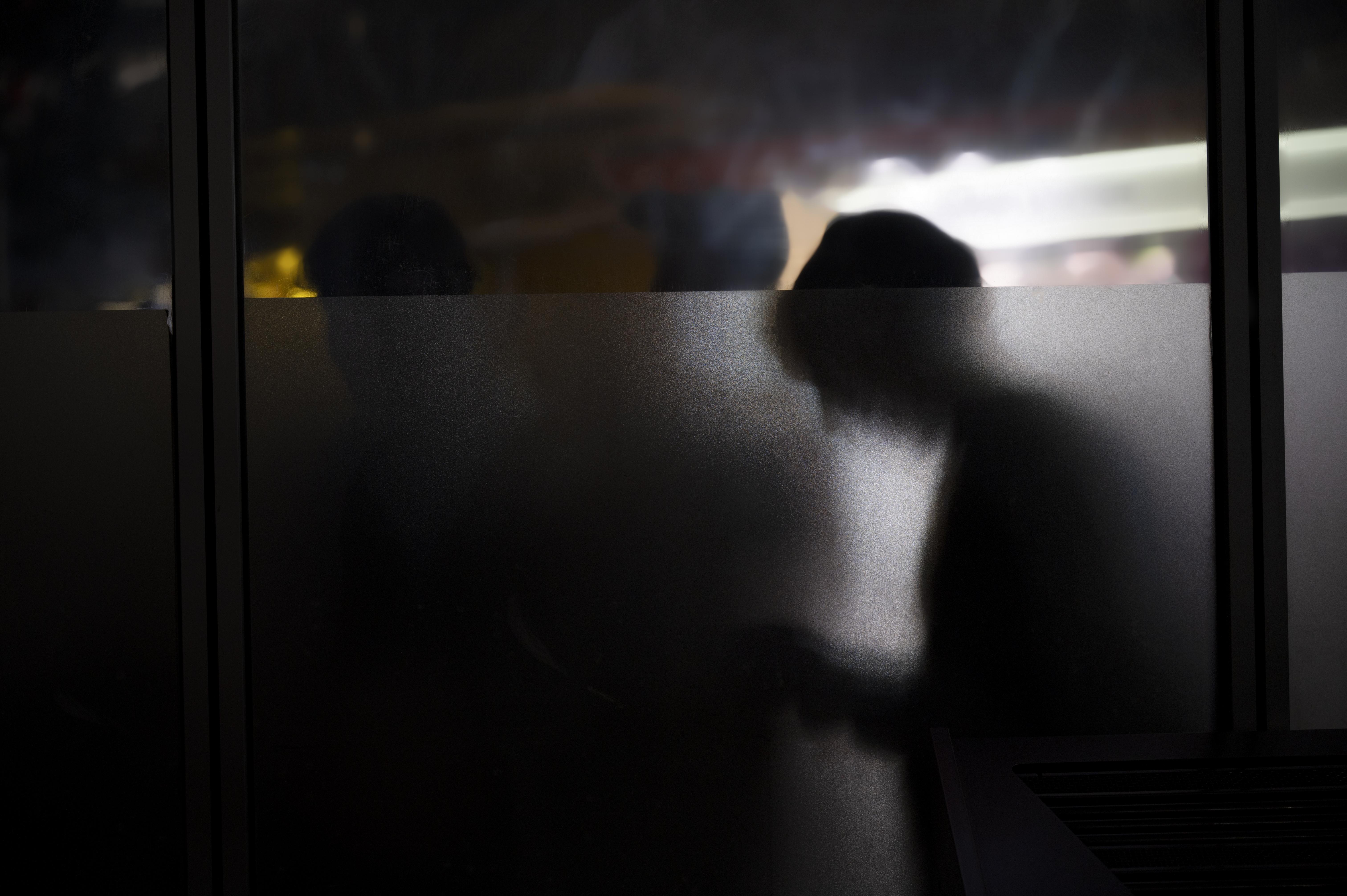
According to National Center for Transgender Equality, “One in five transgender people in the United States has been discriminated when seeking a home, and more than one in ten have been evicted from their homes, because of their gender identity.” Of those reporting experiences of homelessness, 26% avoided staying in a shelter for fear of being mistreated. 70% of those who did seek shelter reported mistreatment related to their gender identity, including verbal harassment, physical attack, and sexual assault, and 14% indicated that “shelter staff forced them to dress or present as the wrong gender in order to stay at the shelter.” 44% of respondents left shelters due to poor treatment or unsafe conditions and 9% were “thrown out once the shelter staff found out that they were transgender.”
We know that stable housing is the foundation of health and wellness for all individuals, but it’s also important to highlight the ways in which LGBTQ youth are particularly vulnerable to the effects of homelessness. We can see a very different trajectory in the lives of LGBTQ youth who receive family support when compared to LGBTQ youth who experience family rejection leading to initial experiences of housing instability. In fact, research shows that the experiences of homophobia and transphobia greatly contribute to things like LGBTQ youth's high rates of attempted and completed suicide, violence, victimization, substance use, teenage pregnancy, and HIV-associated risky behaviors. A December 2022 study showed that LBGTQ folks are 9x more likely than their non-LGBTQ counterparts to experience a violent hate crime. LGBTQ youth, and particularly LGBTQ youth of color, are also over-represented in the school-to-prison pipeline due to repeated encounters with the criminal justice system, with 20% of all incarcerated youth identifying as LGBTQ or gender non-conforming, and 40% of incarcerated girls identifying as LGBTQ.
All of these disparities fuel the experience of minority stress leading to adverse mental and physical health outcomes that more seriously impact LGBTQ people of color, undocumented folks, and those with disabilities. This can both cause and keep people in the cycle of homelessness. While we do have the Fair Housing Act and HUD’s Equal Access Rule, the U.S. is still lacking explicit federal protections for LGBTQ people in the area of housing which could be achieved through the Equality Act. First introduced in Congress 47 years ago in 1974, the Equality Act would amend the Civil Rights Act of 1964 to prohibit discrimination on the basis of sex, sexual orientation, and gender identity in areas of housing, public accommodations, education, federally funded programs, credit, and jury service. Currently, however, only 22 U.S. states and the District of Columbia offer legal protections based on sexual orientation in housing, while 20 U.S. states and the District of Columbia prohibit discrimination based on gender identity. Even further, a record number of 417 anti-LGBTQ legislative bills have been introduced to Congress in 2023 thus far.
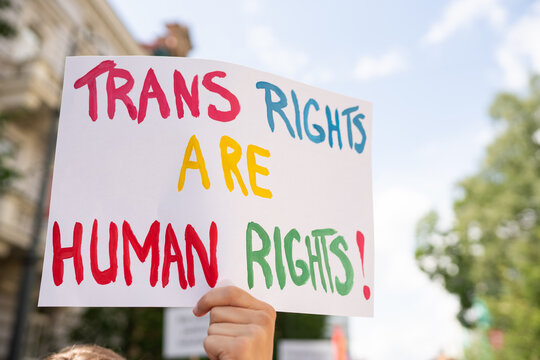
As such, it is absolutely vital that advocates for people experiencing homelessness include LGBTQ individuals in their work. An important place to start is to ensure that the staff of homeless services programs are competent, affirming, and responsive to the specific needs of LGBTQ people. An April 2020 report on LGBT People and Housing Affordability, Discrimination, and Homelessness, found that, “a major factor causing many LGBT people to feel unwelcome, misunderstood, and invisible when seeking services,” is a lack of staff cultural competence in regards to sexual and gender minorities. This, in turn, results in “continued or prolonged homelessness as a result of delaying or avoiding seeking services in order to prevent increased feelings of stigmatization and risk of harmful encounters.”
